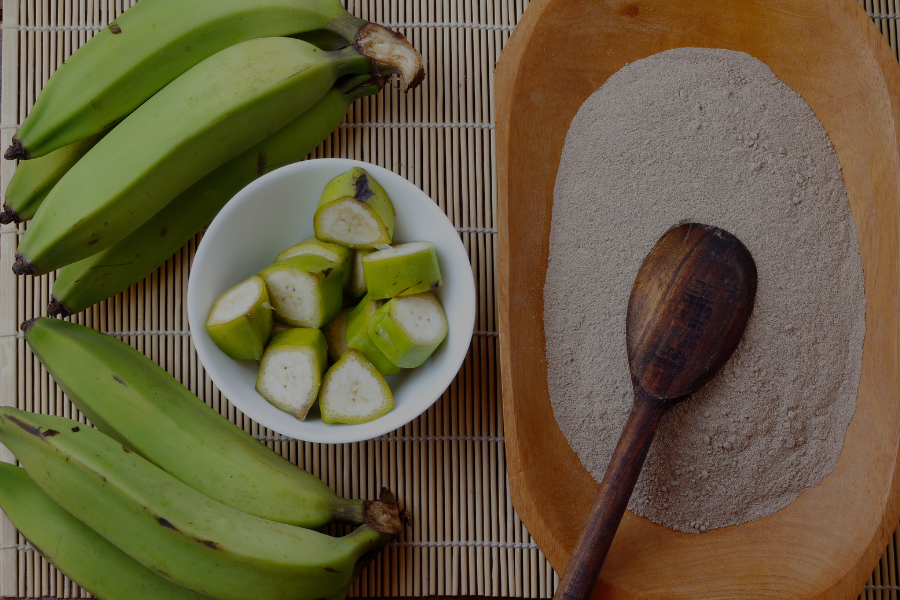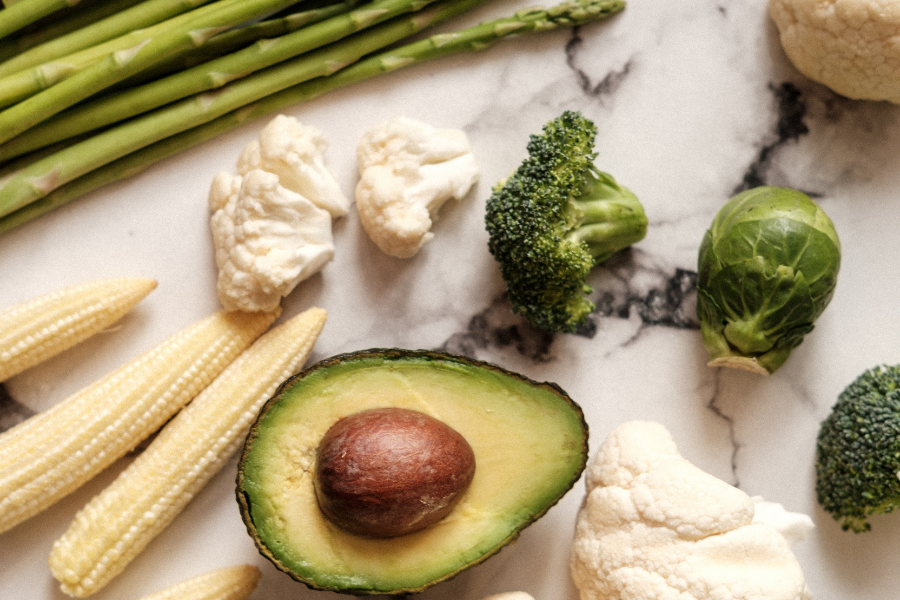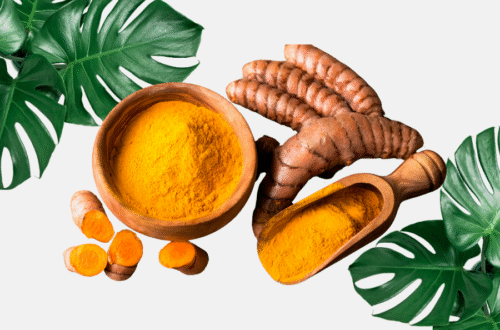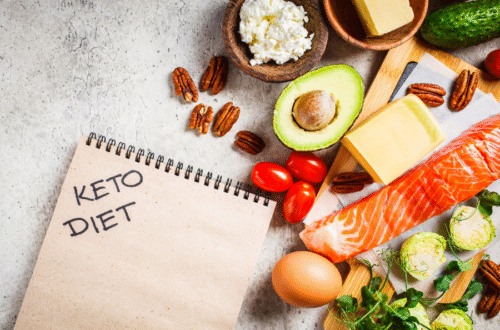If you’ve ever tried to manage your blood sugar—whether due to diabetes, prediabetes, or just a desire for better energy—you’ve probably been told to cut carbs. But what if I told you there’s a type of carbohydrate that doesn’t spike your blood sugar, and might even help lower it over time?
Enter resistant starch—a unique kind of carb that resists digestion and acts more like fiber than sugar. As someone who’s spent years navigating the world of nutrition and wellness, I can confidently say that resistant starch is one of the most exciting (and underrated) tools for metabolic health.
In this post, let’s dive into what resistant starch is, how it works, and what the latest research says about its impact on blood sugar.
What Is Resistant Starch?
Resistant starch (RS) is a form of carbohydrate that resists digestion in the small intestine. Instead of being broken down into glucose and absorbed into the bloodstream, it travels to the large intestine, where it’s fermented by gut bacteria—much like dietary fiber. Because RS isn’t digested in the small intestine, the glucose from these foods is released slowly, preventing a rapid rise in blood sugar levels.
There are four main types of resistant starch:
- RS1: Found in whole grains and seeds with intact cell walls
- RS2: Found in raw potatoes and green bananas
- RS3: Formed when starchy foods like rice or pasta are cooked and then cooled
- RS4: A chemically modified form used in processed foods
This fermentation process produces short-chain fatty acids (SCFAs) like butyrate, which have been linked to improved gut health and metabolic benefits. For incorporating this type of starch in our diet, RS1 to RS3 are preferred, since RS4 is a highly processed type of food, which we are striving to remove from our diet to reduce inflammation in our bodies.
How Resistant Starch Affects Blood Sugar
Here’s where it gets really interesting: RS doesn’t cause the same blood sugar spike as regular carbs. In fact, it can lower the glycemic response of the meal it’s in—and even improve insulin sensitivity over time.
What’s more, the benefits aren’t just short-term. Regular consumption of RS has been linked to:
- Improved insulin sensitivity: In one study, overweight and obese men who consumed 15 to 30 grams of resistant cornstarch daily for four weeks showed a marked improvement in insulin sensitivity compared to those who consumed a non-resistant form of starch.
- Lower fasting blood glucose: A 2019 review analyzing 15 clinical trials found that adding resistant starch to the diet lowered fasting blood glucose levels in individuals with type 2 diabetes and obesity. However, the same effect was not observed in overweight individuals without diabetes.
- Reduced inflammation: which especially helpful if pair with an anti-inflammatory diet consists of whole foods.
- Better gut health, which indirectly supports metabolic function
These effects are thought to be mediated by slower digestion, improved gut microbiota, and increased production of SCFAs like butyrate.
Why It Works: The Science Behind the Benefits
So how does RS pull this off?
- Slower digestion: Because it isn’t broken down in the small intestine, resistant starch doesn’t flood your bloodstream with glucose.
- Fermentation in the colon: Once it reaches the large intestine, resistant starch is fermented by gut bacteria, producing SCFAs like butyrate. Butyrate has been shown to improve insulin sensitivity and reduce inflammation.
- Improved gut barrier function: A healthy gut lining helps regulate glucose metabolism and reduce systemic inflammation.
Practical Ways to Add Resistant Starch to Your Diet
If you’re curious about trying RS, here are some natural sources:
- Green bananas (slightly underripe)
- Cooked and cooled rice, potatoes, or pasta (like sushi, potato salad, (P.S. sweet potatoes cooked and cooled tastes like dessert, give this a try))
- Lentils and legumes
- Oats (especially overnight oats)
- Hi-maize resistant starch powder (a supplement form)
One of my favorite hacks? Cook a batch of rice or potatoes, let them cool in the fridge overnight, and enjoy them cold or reheated the next day. Try cooled sweet potatoes too, they taste divinely like dessert after cooked and refrigerated. The cooling process increases the RS content through a process called retrogradation.

Who Should Try Resistant Starch?
If you’re dealing with:
- Type 2 diabetes or prediabetes
- Insulin resistance
- Digestive issues
- Low energy or sugar crashes
…RS might be worth exploring. It’s generally safe, well-tolerated, and easy to incorporate into your meals.
That said, if you have IBS or sensitive digestion, start slow. Because RS is fermented in the gut, it can cause gas or bloating in some people—especially if your gut bacteria aren’t used to it. Apart from trying RS, if you are trying to control your blood glucose levels, you could opt for low G.I. and low G.L. food.
What the Experts Say
The scientific community is increasingly recognizing resistant starch as a powerful tool for metabolic health. According to a review published in Frontiers in Nutrition, RS has “potential to improve glycemic control, insulin sensitivity, and gut microbiota composition”
Another study in Diabetes Care found that participants who consumed 15–30 grams of RS daily for four weeks had significantly improved insulin sensitivity compared to a control group.
These findings are promising—not just for people with diabetes, but for anyone looking to stabilize energy levels, reduce cravings, and support long-term health.
Final Thoughts: A Carb You Can Feel Good About
In a world where carbs often get a bad rap, resistant starch is a refreshing exception. It’s a carb that doesn’t spike your blood sugar, supports your gut, and may even help you burn fat more efficiently.
Personally, I’ve found that adding resistant starch to my meals—especially in the form of cooled sweet potatoes or lentils—helps me feel fuller longer, with fewer energy crashes. It’s a small change with big benefits.
If you’re curious, start with just a few tablespoons of cooked and cooled potatoes or a lentils salad. Your gut (and your blood glucose) just might thank you.





